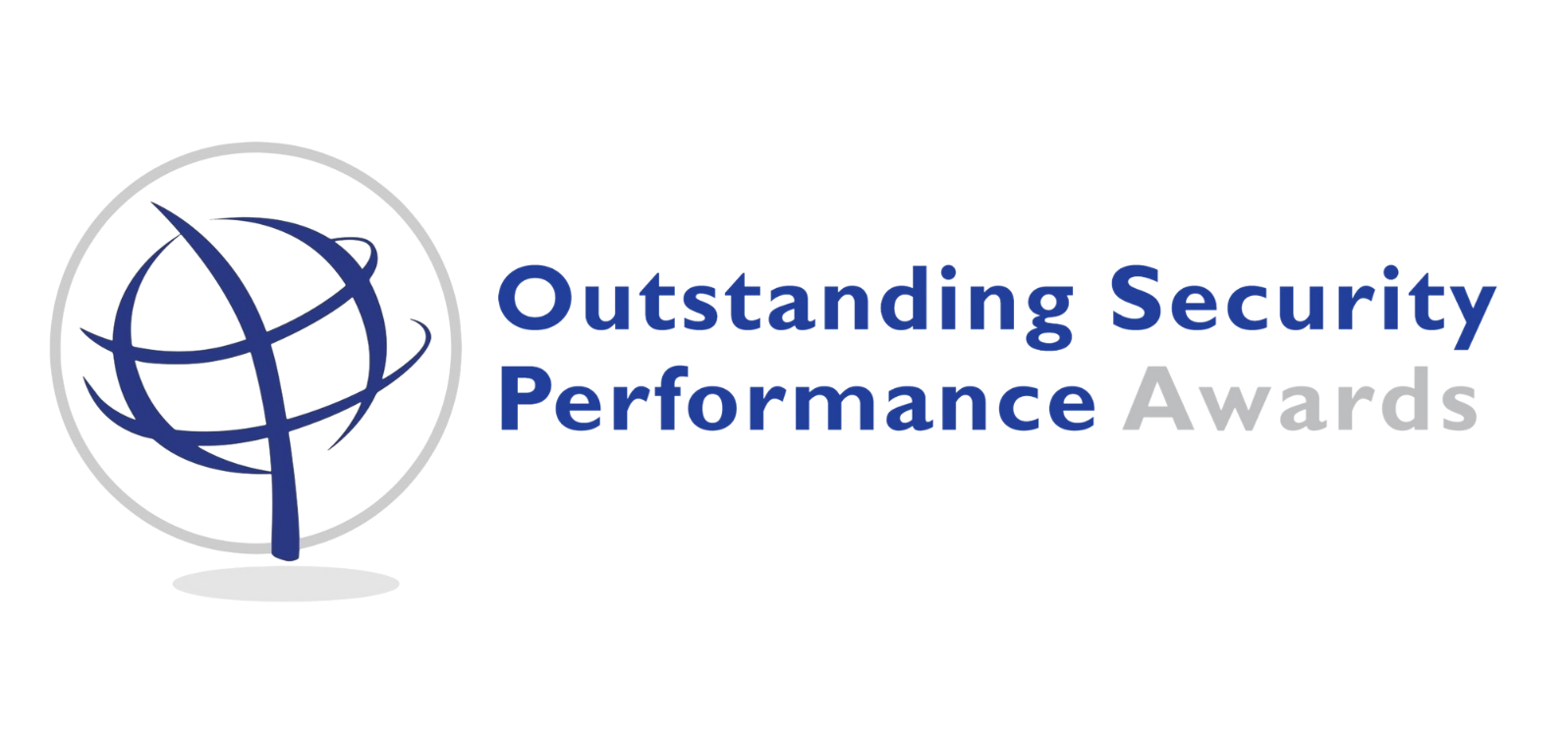
Chair: Professor Martin Gill
Panellists:
Garry Evanson – Panel Registrar, Chartered Security Professionals Registration Authority
Dr. David Sothie Naysadorai MCMI – Senior Lecturer and Post Graduate Programme Coordinator at Saito University College Malaysia
Matt Hopkins – Associate Professor at University of Leicester
Key points
Garry Evanson notes that the key to qualifications is credibility, you will hear him discuss the importance of appropriateness and the value of a credible authority like a national body authenticating what is available. There are a lot of qualifications available but there again security is a broad field encompassing many activities and considered in that context they may be considered less plentiful. In security a lot of value is placed on experience but this should not undermine a commitment to qualifications which adds a wider breath of knowledge. The world of training, as opposed to education, is that instructors are more often trained. There are pros and cons to different forms of delivery, one of the benefits of improving technology is that it can offer many of the benefits of face to face in facilitating interaction between individuals. A final point is that there is more to be done in integrating those from the police and military. Garry makes the point that army personnel for example are specialised in warfare, that is different to security. True some roles, in policing and intelligence for example, have a security element but the point is that the default position they have the relevant skills for a private/corporate security role is overstated and training and education to help them adjust is less than adequate.
David Dorai discusses the importance of validity brought about by good quality assurance, and that needs to be not just of courses as a whole but also of the different elements/modules. David notes the importance of prior learning and experience and makes a distinction between the formal and informal. An important process that is evolving in Malaysia at the university level is work integrated learning, it is another example of combining theory and practice. It involves students combining classroom instruction with in field experience. David takes issue with the way we use the word ‘training’, he argues that we train animals, we educate people. There is a need to focus on what students need to know, which is in turn about understanding the needs of the market.
Matt Hopkins notes that the number of training/education options is ‘bewildering’ to the extent that one can easily become confused. The UK regulator, the SIA, has over 40 courses at levels 2-6 but of course this relates to the demand that is there. In any event developing courses is resource intensive, they mostly will not be proposed without some thought about the market need. As Matt says, the issue is about the quality of courses, and standards and certification are key but so too is who is recommending the course, what is the reputation of the provider, who are the instructors? Security is a fast moving, in universities where there is a focus on prior studies and theory things move less fast then in the world of practice so judgements need to take account of that. There are many methods of delivery, the University moved on-line during Covid and there was no noticeable drop in standards and the face to face lecture is fast becoming outdated. The many learning options catering for different needs has much to commend it.
The panel was asked what on a strategic level they would like to be the focus to improve security qualifications and certifications. Garry called for the regulator to develop career pathways linked to the various security functions (which is work in progress), David sought a focus on professional bodies and their roles, while Matt called for a mapping of what is available and a focus on quality assurance.
Martin Gill
22nd September 2022

